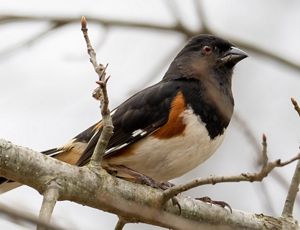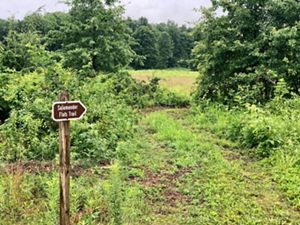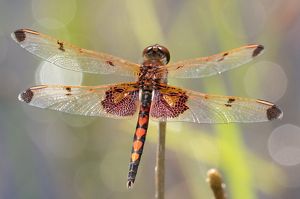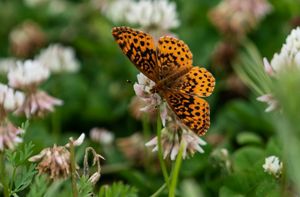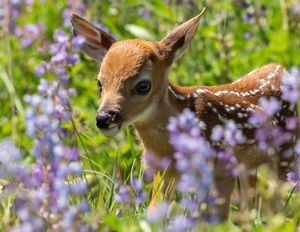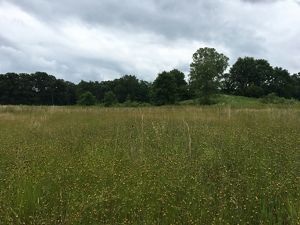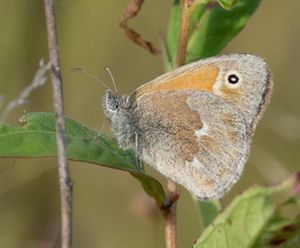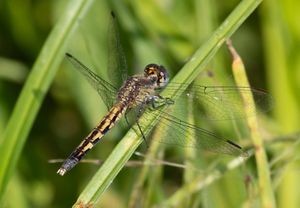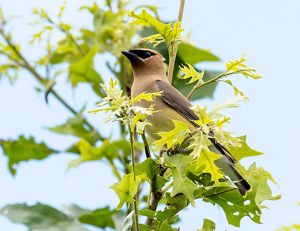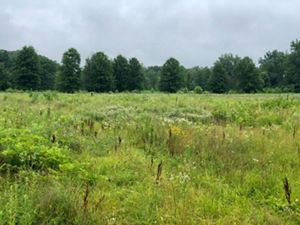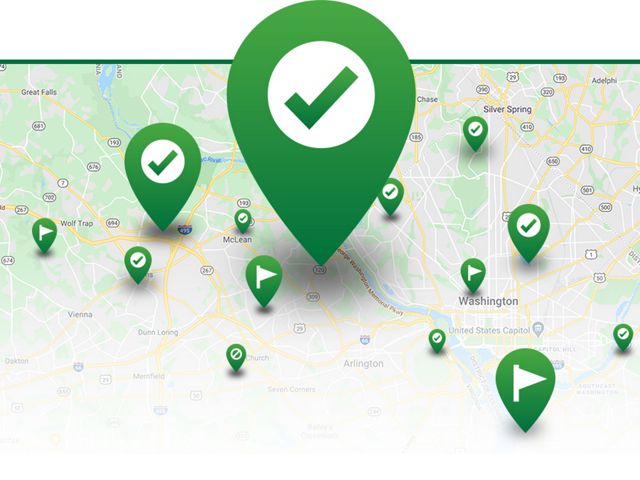Description
Part of the Kitty Todd Nature Preserve, Salamander Flats consists of rare mesic to wet prairie habitat and maturing wet flatwoods. Acquired in 2011, the original homestead was composed of 14 acres of agriculture field with a man-made ditch running east-west through the middle of the property. TNC collaborated with faculty members from the University of Toledo to plan a high-quality restoration of the site that would create approximately four acres of Category 3 wetland and 10 acres of high diversity prairie. The Salamander Flats trail opened to the public in 2017.
The benefits of restoring wetland habitat are profound, providing critical wildlife habitat while helping secure cleaner water for all. Wetlands act as kidneys to watersheds, filtering out sediments and excessive nutrients, retaining storm water to prevent downstream flooding and providing areas for the public to connect to nature in a highly urbanized region.

